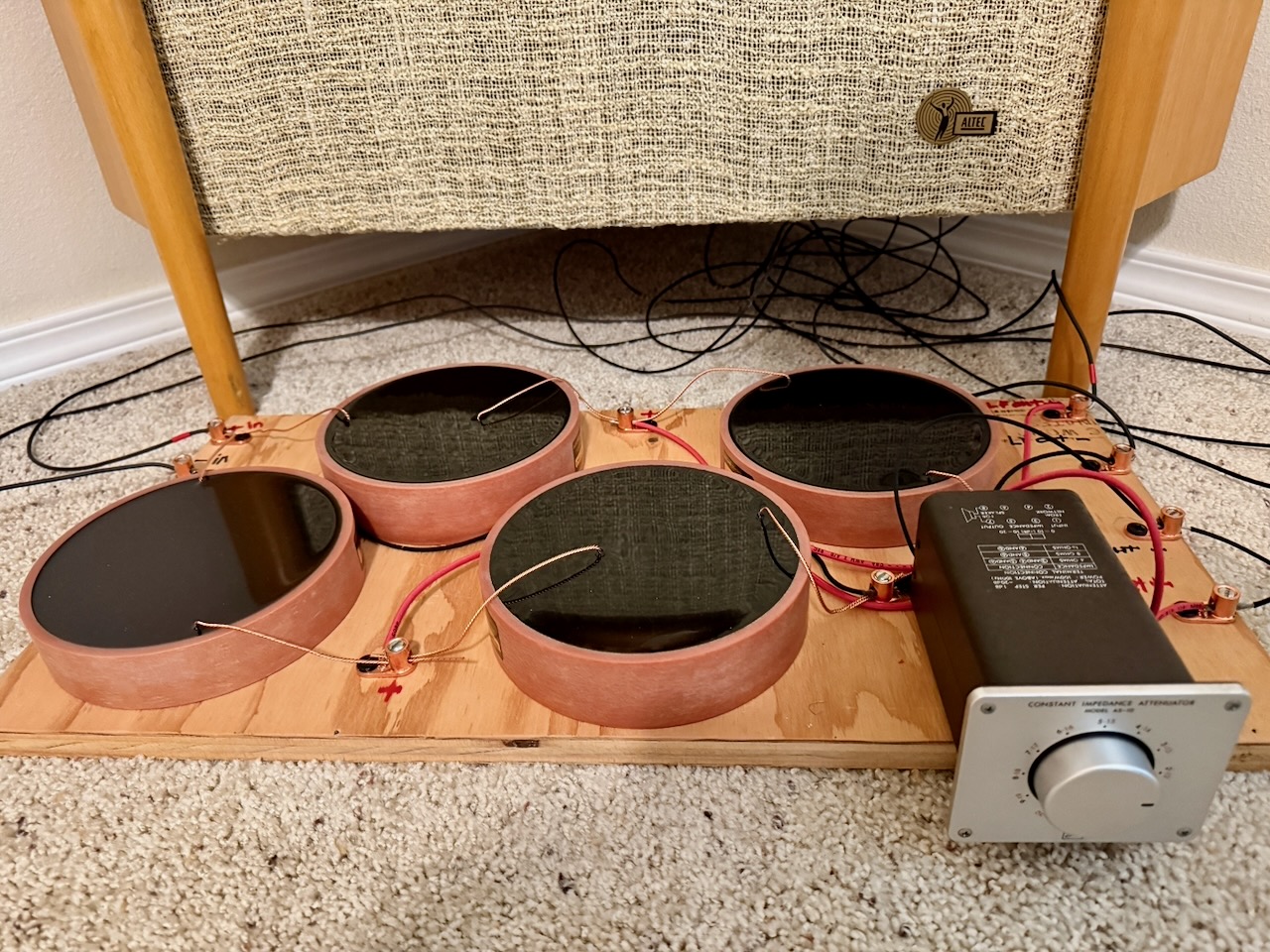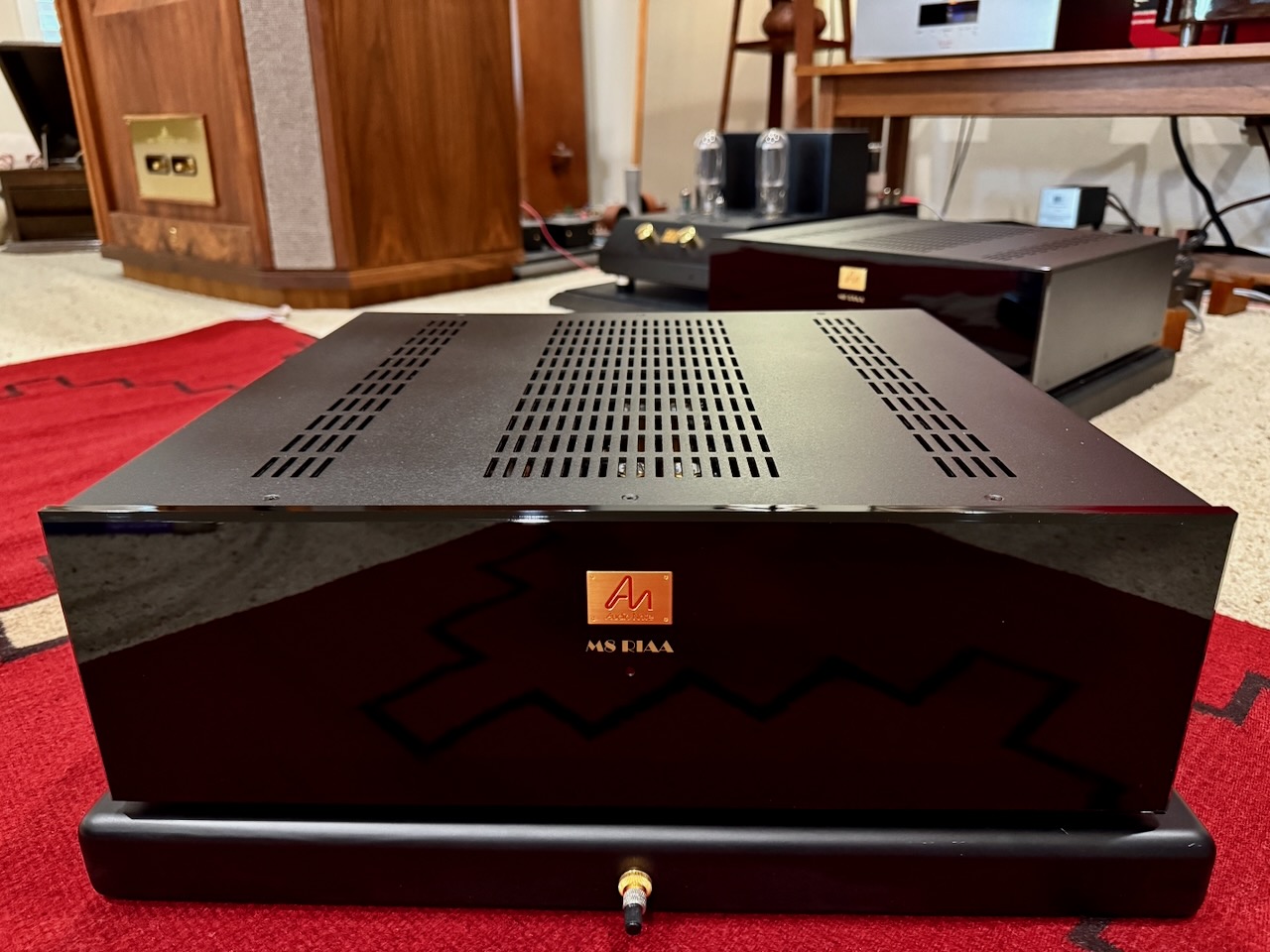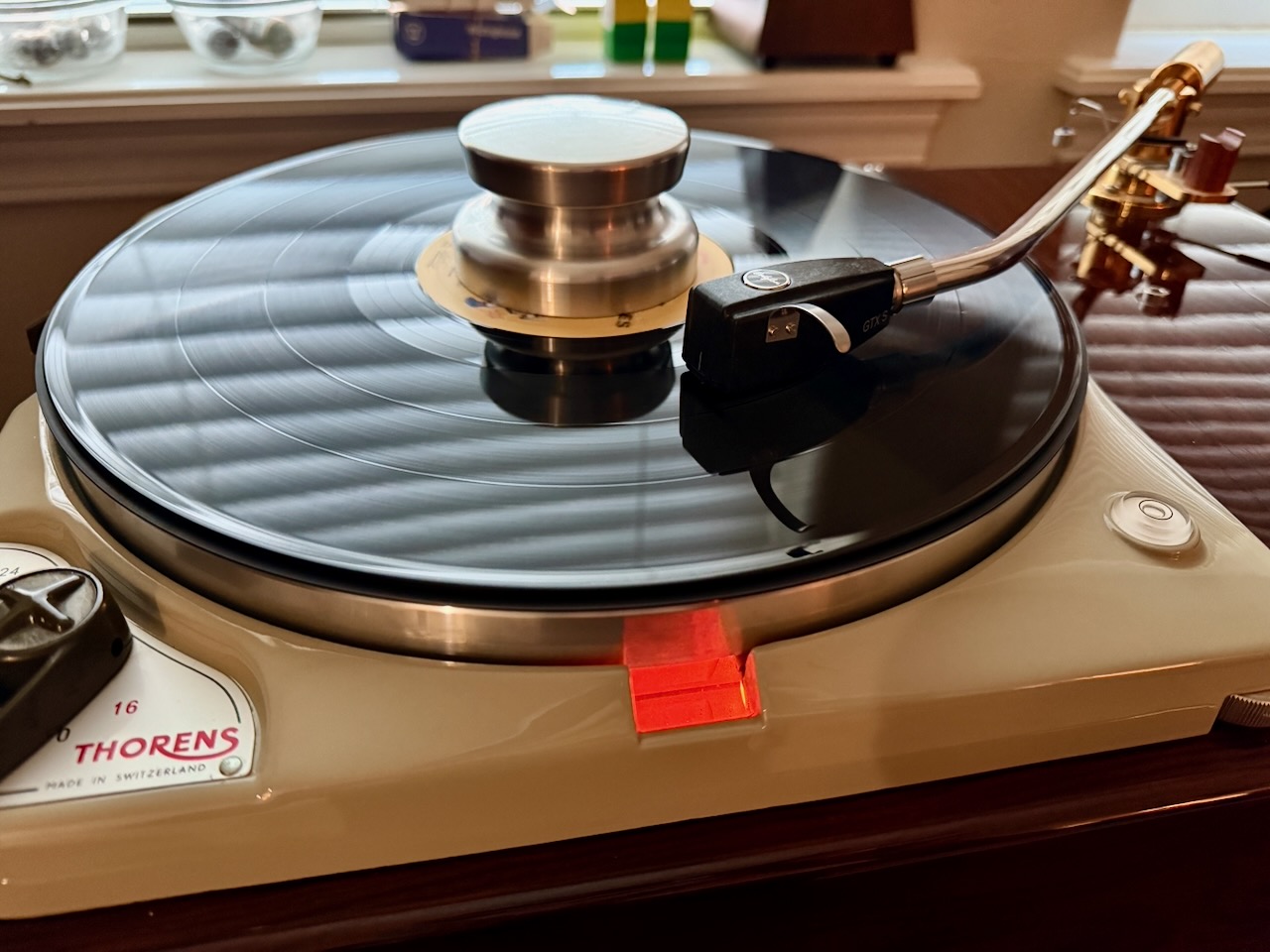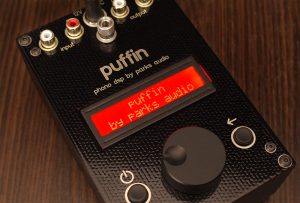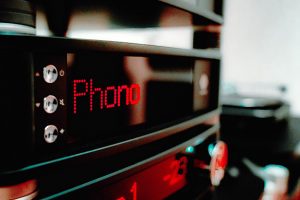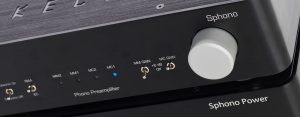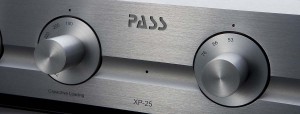Audio Spectrum Perceptions
Now let me tell you about what I heard from the M6 across the audio spectrum (20Hz to 20,000Hz).
I thought the M6 was extremely well-balanced across the audio spectrum in a way that really provided me a deep aural view into the music and recording styles of albums.
From an audio spectrum perspective, in the brilliance region (6000Hz to 20,000Hz) I heard the M6 provide more detailed harmonic information, with more shimmer on cymbals, for example, which gave them an airy and natural sheen like I hear in life. Also, I heard a more spacious quality in recordings that illuminated the space around and between instruments, and which expanded the sense of width, depth, and height of the soundstage, providing an aural sense of airiness, particularly in audiophile-style recordings, that I found attractive. Never did I hear the M6 (or the M3) imprint on recordings an unnatural hyped-up HiFi style of sound quality in this region like you hear from some audio components.
In the presence region (4000 to 6000Hz), with the M6 I heard more definition and clarity in the sound, to give a very transparent overall presentation, but one that was still rich and natural sounding like I hear in life.
In the upper midrange (2000 to 4000Hz), with the M6 I heard imminently natural sounding timbres, more presence in the attack of percussive and rhythm instruments, and a beautifully natural sounding presence of vocals, which made it feel like the musicians were present in my room with me.
In the midrange (500Hz to 2000Hz), with the M6 I heard an enhanced naturalness and articulation with vocals, and more visuospatial presence in the aural images of instruments and vocals. As in the upper midrange, these qualities made it feel more like the musicians were in the room with me.
In the low mid-range (250to 500Hz), with the M6 I heard enhanced clarity and presence with bass and stringed instruments, while still maintaining a very natural overall sound quality, which was particularly impressive in high-fidelity recordings.
In the bass range (60 to 250Hz) I thought the M6 was a little fatter sounding than the M3, but with no loss of definition - in fact there was more definition—which provided a very natural sounding, propulsive warmth, to bass notes in this region.
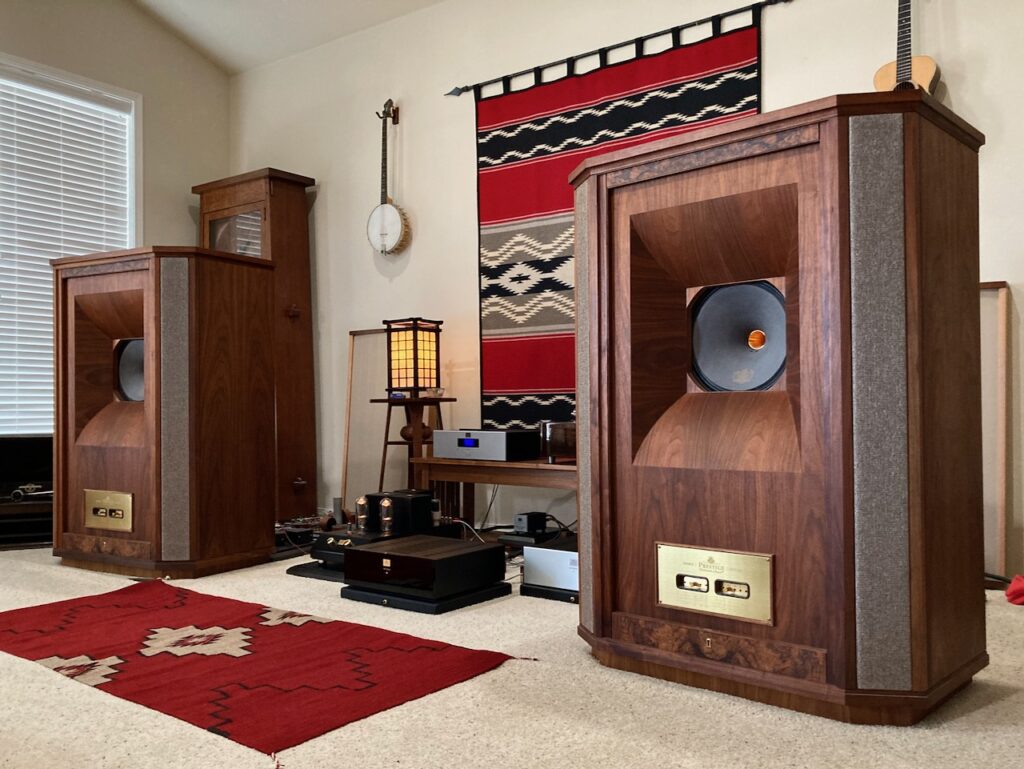
The sub-bass (20 to 60Hz) range—when it was present in the music—sounded and felt more powerful through the M6, which imbued music with a sense of power and authority that I could both hear and feel as the sound washed across my body.
The M6 gave me lot of insights into the production values of recordings. Many recordings are reasonably well-balanced across the audio spectrum, but there's those that aren't, and if there were any mastering or remastering bugaboos present in those frequency regions, I could hear them due to the clear view into the nature of the recordings the M6 provided.
From an intellectual standpoint, I found that deep view the M6 provided into the choices recording engineers made in the audio spectrum to be fascinating, but the music lover in me was delighted that the M6 was able to turn even those albums with audio spectrum anomalies into enjoyable listening experiences.
Across the audio spectrum, the M6 is very, very, artfully voiced, and it is obvious that the good people at Audio Note (UK) have very keen ears indeed.
Please click on the link below to go to the next page.




